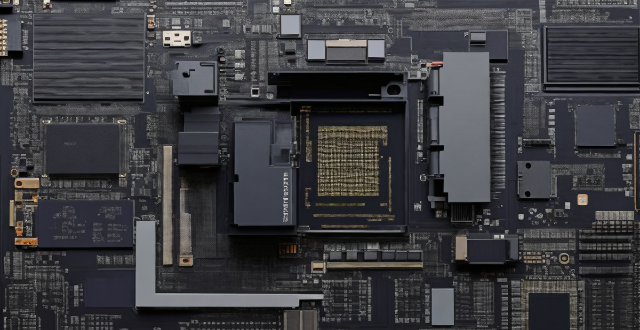A computer hardware system is composed of several essential components that work together to perform various tasks. These components include the Central Processing Unit (CPU), memory, input/output devices, motherboard, and power supply. The CPU, also known as the processor, is responsible for all processing tasks, including arithmetic and logic operations, data retrieval, and storage. Memory is used to store data and programs temporarily while they are being processed by the CPU, with primary memory being volatile and secondary memory being non-volatile. Input/output devices allow users to enter data into the computer and display or print the results of processed data. The motherboard connects all the components together, while the power supply provides electrical power to all the components of the computer system. Each component plays a crucial role in ensuring that the computer functions properly and efficiently.

Essential Components of a Computer Hardware System
A computer hardware system is composed of several essential components that work together to perform various tasks. These components include:
1. Central Processing Unit (CPU)
The CPU, also known as the processor, is the brain of the computer. It performs all the processing tasks, including arithmetic and logic operations, data retrieval, and storage. The CPU consists of two main parts: the control unit and the arithmetic logic unit (ALU).
- Control Unit: Responsible for managing the flow of data within the computer.
- Arithmetic Logic Unit (ALU): Performs arithmetic and logical operations on data.
2. Memory
Memory is used to store data and programs temporarily while they are being processed by the CPU. There are two types of memory: primary memory and secondary memory.
Primary Memory
Primary memory, also known as RAM (Random Access Memory), is used to store data and programs that are currently being used by the CPU. It is volatile, meaning that its contents are lost when the power is turned off.
Secondary Memory
Secondary memory, such as hard disk drives (HDDs) and solid-state drives (SSDs), is used to store data and programs permanently. It is non-volatile, meaning that its contents are retained even when the power is turned off.
3. Input/Output Devices
Input devices allow users to enter data into the computer, while output devices display or print the results of processed data. Some common input/output devices include:
Input Devices
- Keyboard
- Mouse
- Scanner
- Microphone
- Camera
Output Devices
- Monitor
- Printer
- Speakers
- Headphones
4. Motherboard
The motherboard is the main circuit board of the computer, connecting all the components together. It contains slots for the CPU, memory, and expansion cards, as well as connectors for input/output devices.
5. Power Supply
The power supply provides electrical power to all the components of the computer system. It converts alternating current (AC) from the wall outlet into direct current (DC) that can be used by the computer's components.
In conclusion, a computer hardware system consists of several essential components that work together to perform various tasks. These components include the CPU, memory, input/output devices, motherboard, and power supply. Each component plays a crucial role in ensuring that the computer functions properly and efficiently.